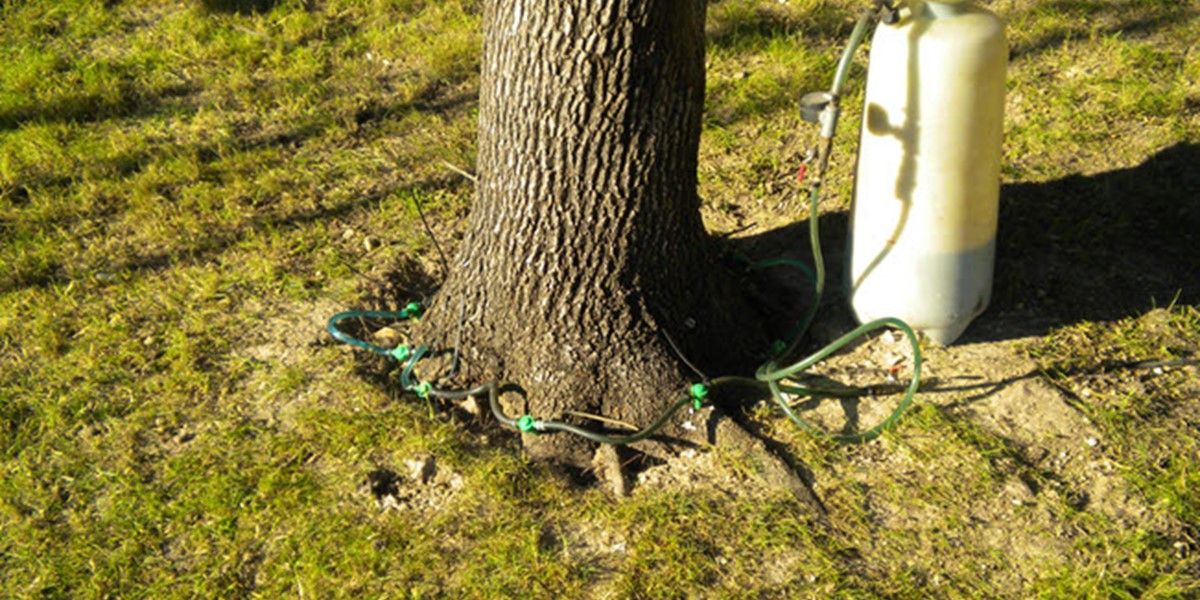

Published March 29, 2011 By STEVE HOUSER
Management/Prevention
The balance of nature relies on a diversity of native tree/plant species as a natural defense against insects, pathogens and many other threats. By planting native tree species tolerant of Oak Wilt and diversifying the species we plant, we not only suppress various pathogens and insects, but we encourage a diversity of wildlife and habitat.
Although it is always wise to keep your trees healthy to defend against a great many problems, when it comes to Oak Wilt, a healthy tree can be infected just as easily as one that is not. As an analogy, our children are genetically predisposed to chicken pox and even healthy children can get it. The same is true with Live Oaks and trees in the Red Oak group; they can be infected with Oak Wilt, even when they are healthy.
Management/Treatment
If trees are confirmed to be infected a few homes away from you in any direction, identify your higher quality trees that may be a susceptible species and which may be in close proximity to the infected trees (within two or three standard city lots). Higher quality trees are selected for treatment because the process can be expensive (costs vary around the state).
It is important to note that research has not provided an organic solution for Oak Wilt to date. Our only research-based option is to directly inject the vascular system of healthy trees to be protected with a fungicide (Propiconazole). While we prefer not to drill small holes into trees, it beats watching your favorite tree succumb to the disease.
The fungicide injection does not “cure” an infected tree but, acts to suppress the symptoms by preventing their visual appearance. In addition, it does not prevent the pathogen from spreading to nearby trees.
The fungicide is very effective in suppressing the symptoms when it is injected before an infection occurs. If a tree is already infected, success in saving it depends on many factors. However, a tree can sometimes be saved if it is treated shortly after infection. Preventative fungicide injections can protect trees for up to two years. Infected trees may require more frequent injections. The duration of repeated injections depends on the amount of disease pressure from nearby infected trees that were not previously treated.
Fungicide injections should be completed by an applicator certified by the Texas Department of Agriculture – a person with specific training in Oak Wilt treatment. The root flare of the tree should be completely exposed because injections in this area allow a more even distribution of the material through the vascular system. Holes are drilled every 4 to 6 inches, and a closed system of tubing and injection tees is hooked to a pressurized tank to deliver the fungicide.
After the system is installed, the majority of the fungicide uptake occurs in the first four to eight hours. Very little distribution takes place after 24 hours.
As a side note, if you have the opportunity to purchase the “perfect house” surrounded by oaks, consult with someone who has specific training and experience in successful Oak Wilt management (often referred to as a pre-purchase tree inspection) before your purchase, or you risk potential disappointment in the future.
I hope some of your fears are now diminished. It is certainly a dry subject to cover. Sometimes I walk in the woods, or climb a tree to reduce the level of stress and search for some sense of sanity in the world. As a friend once noted … too bad I never find any!
